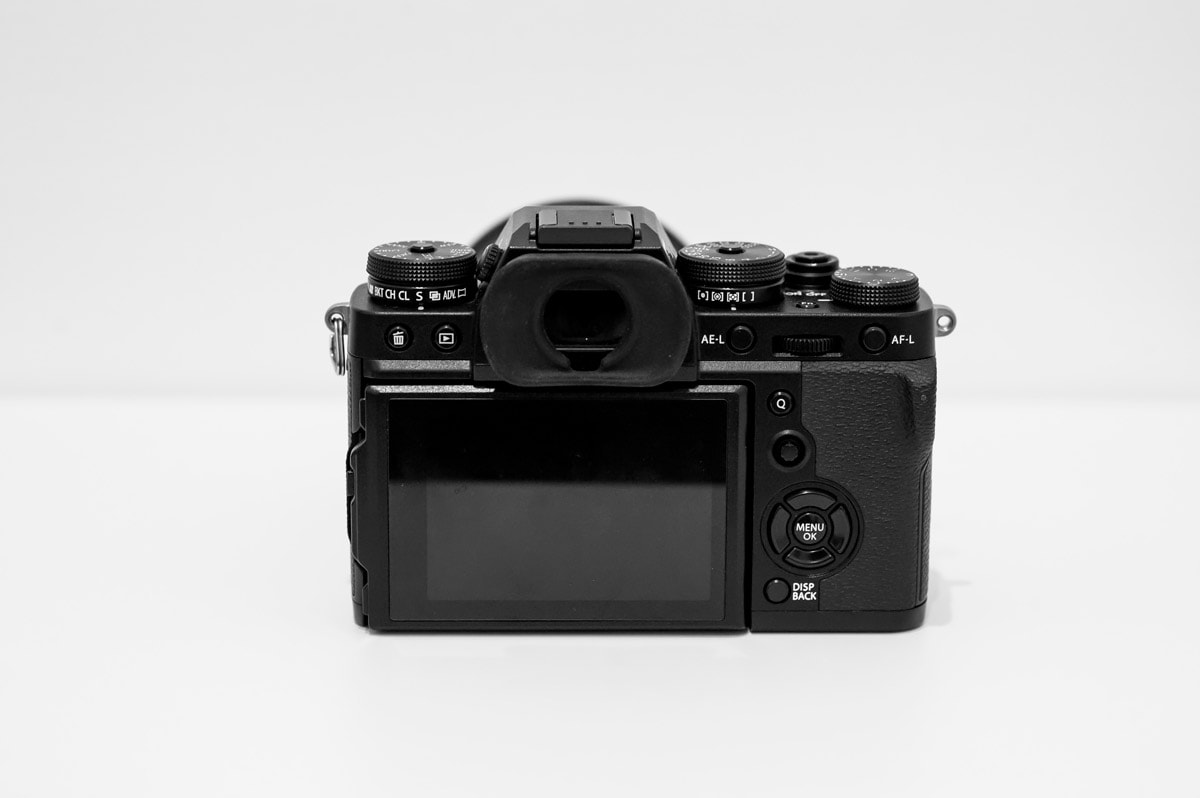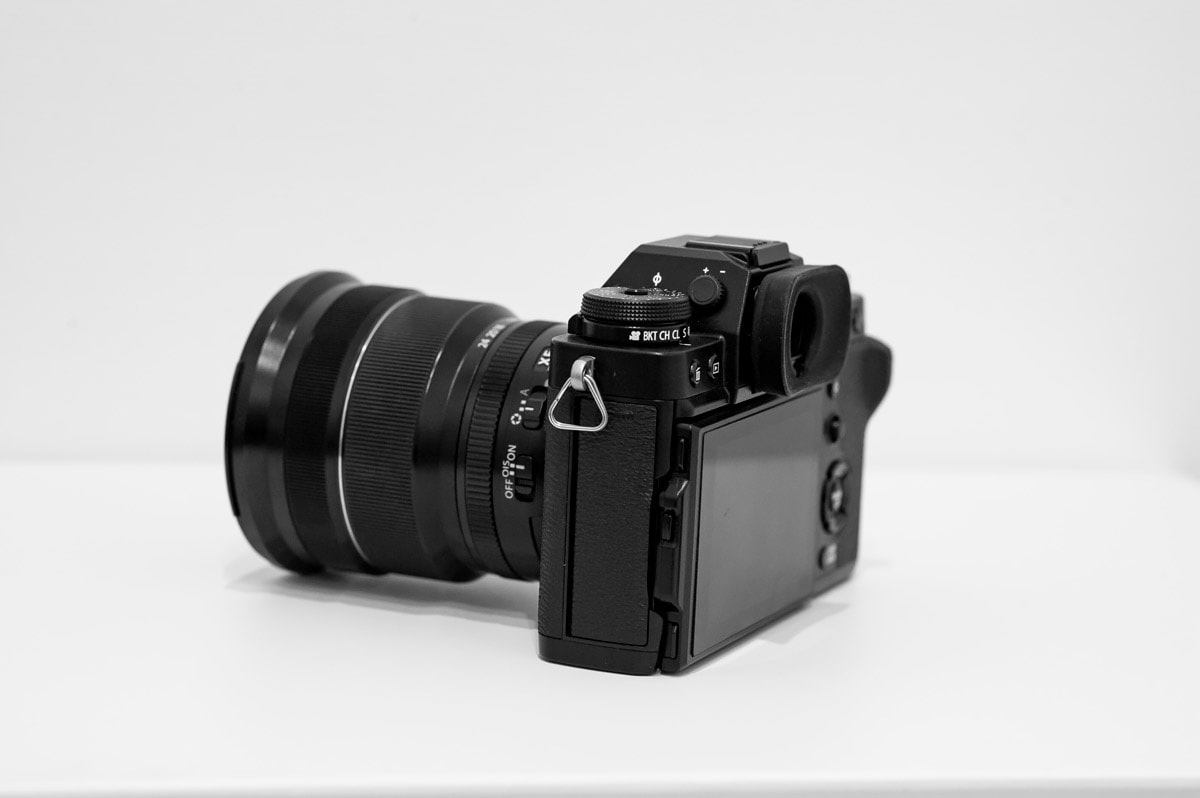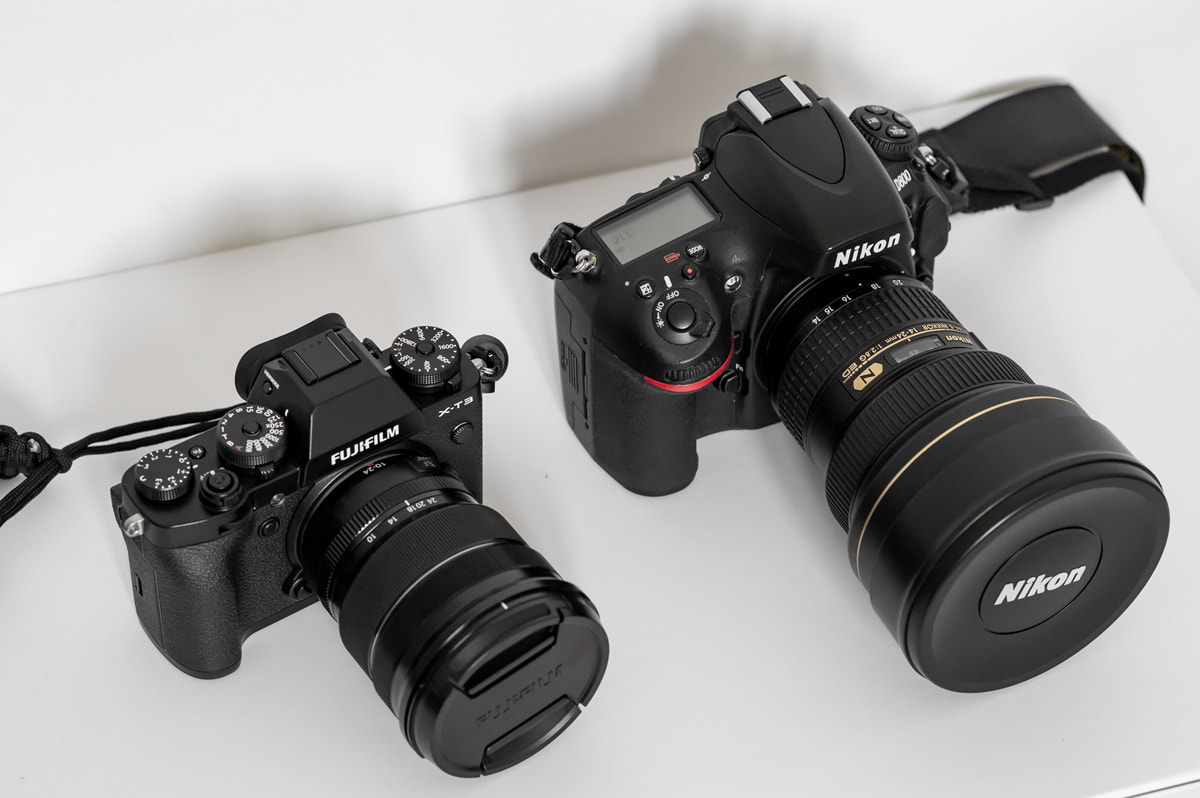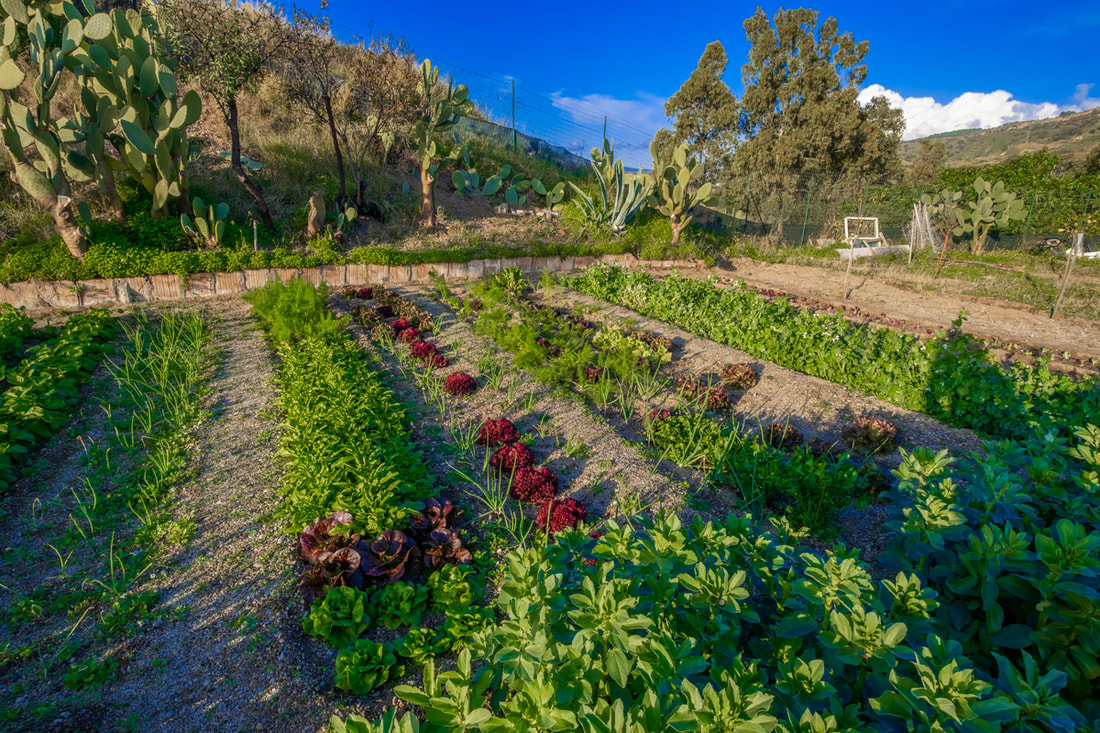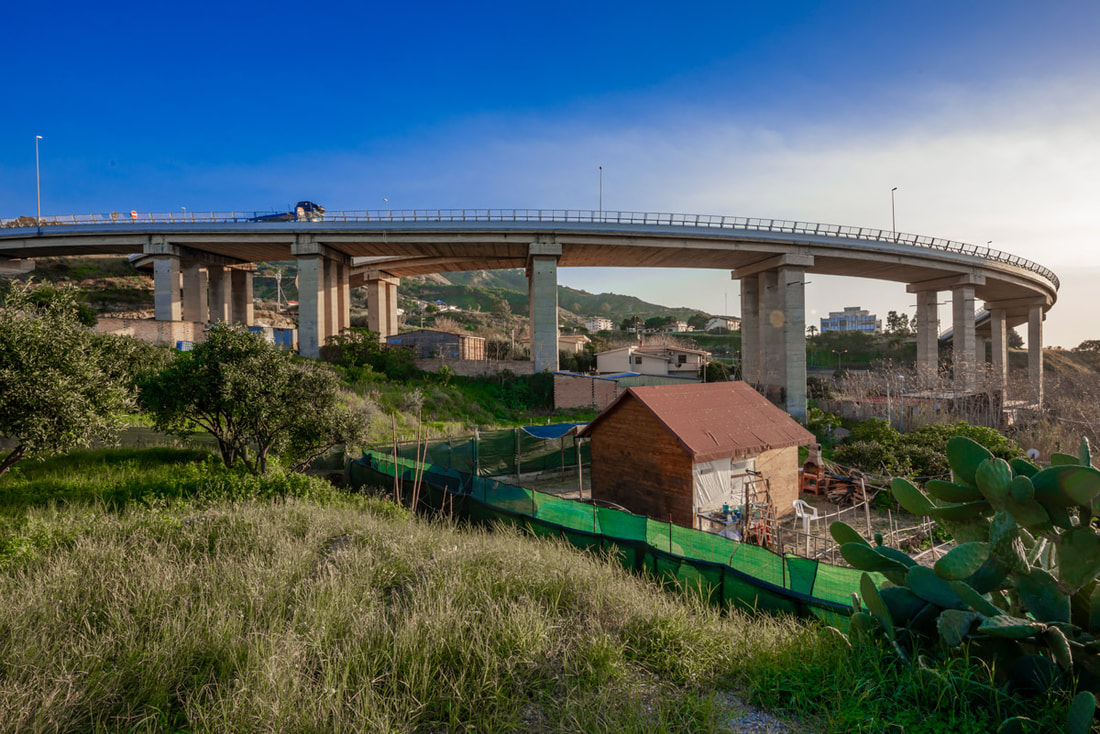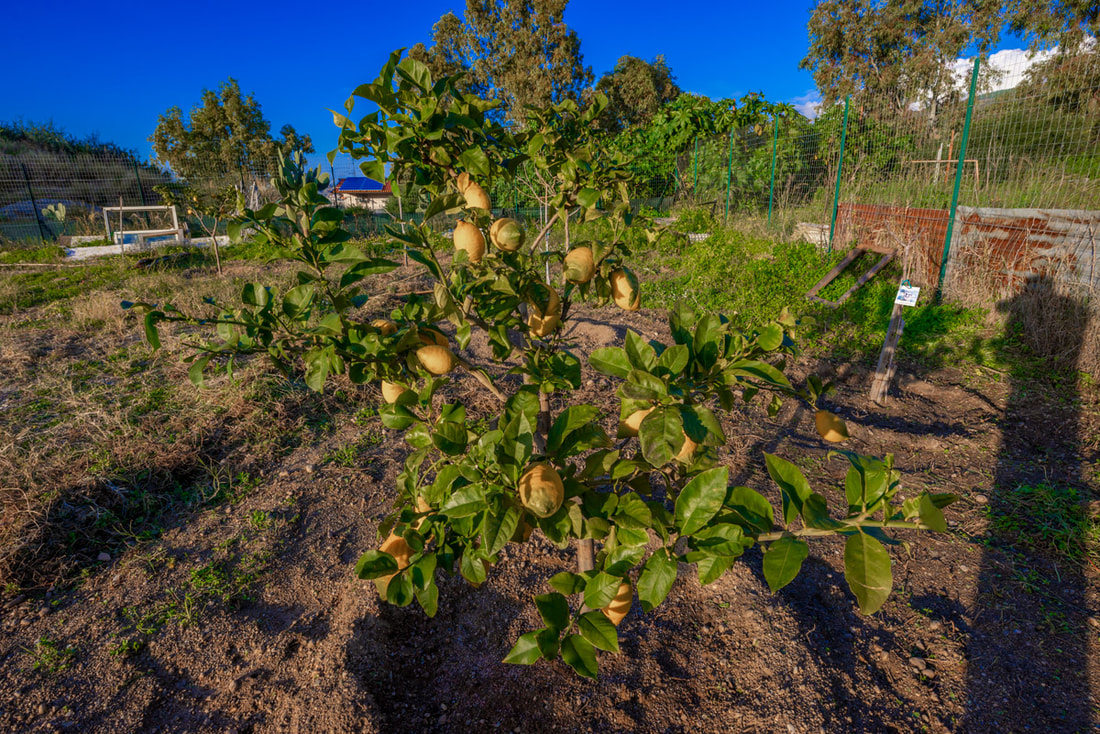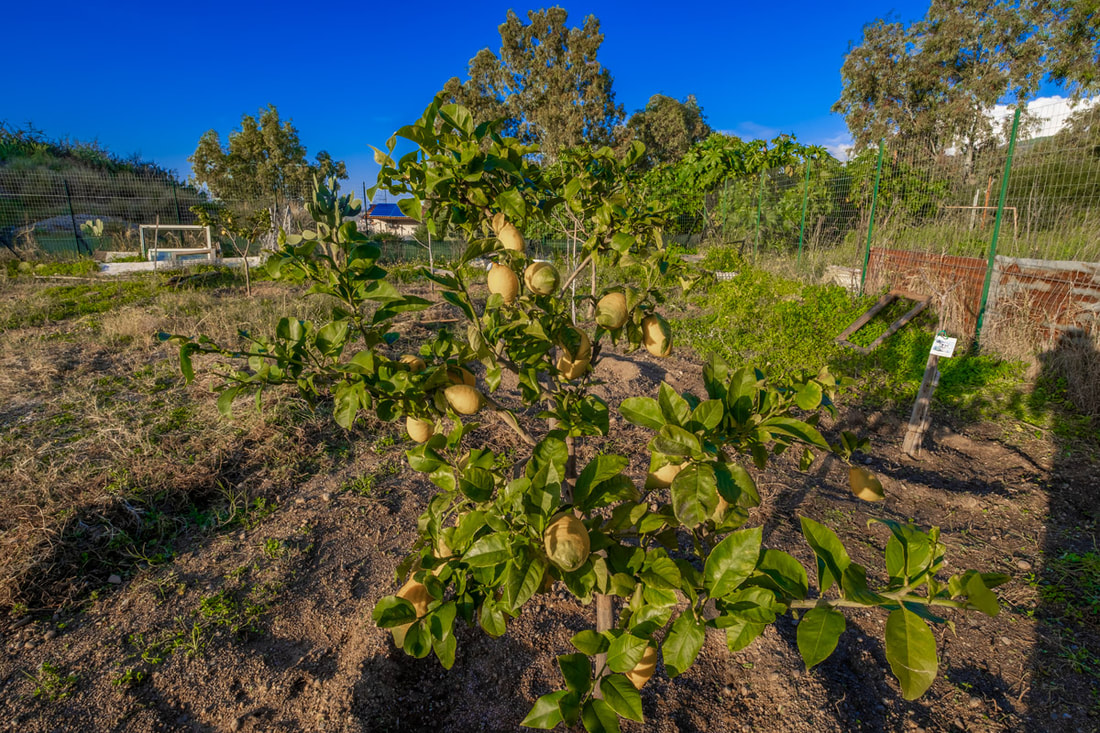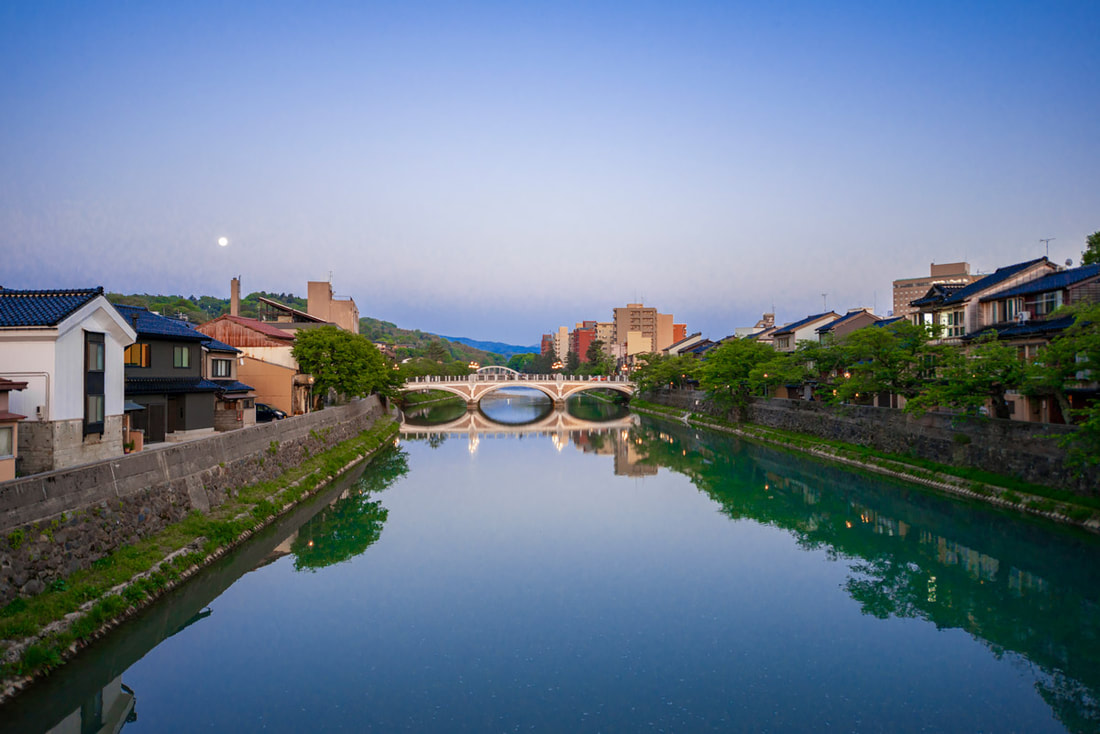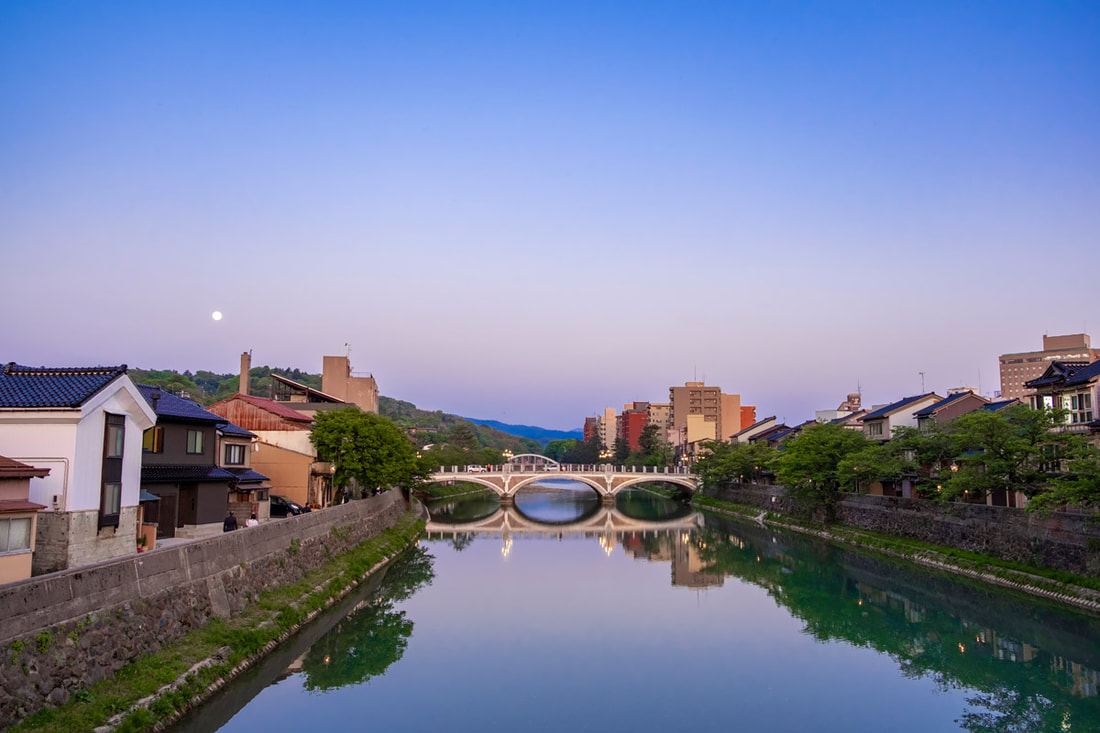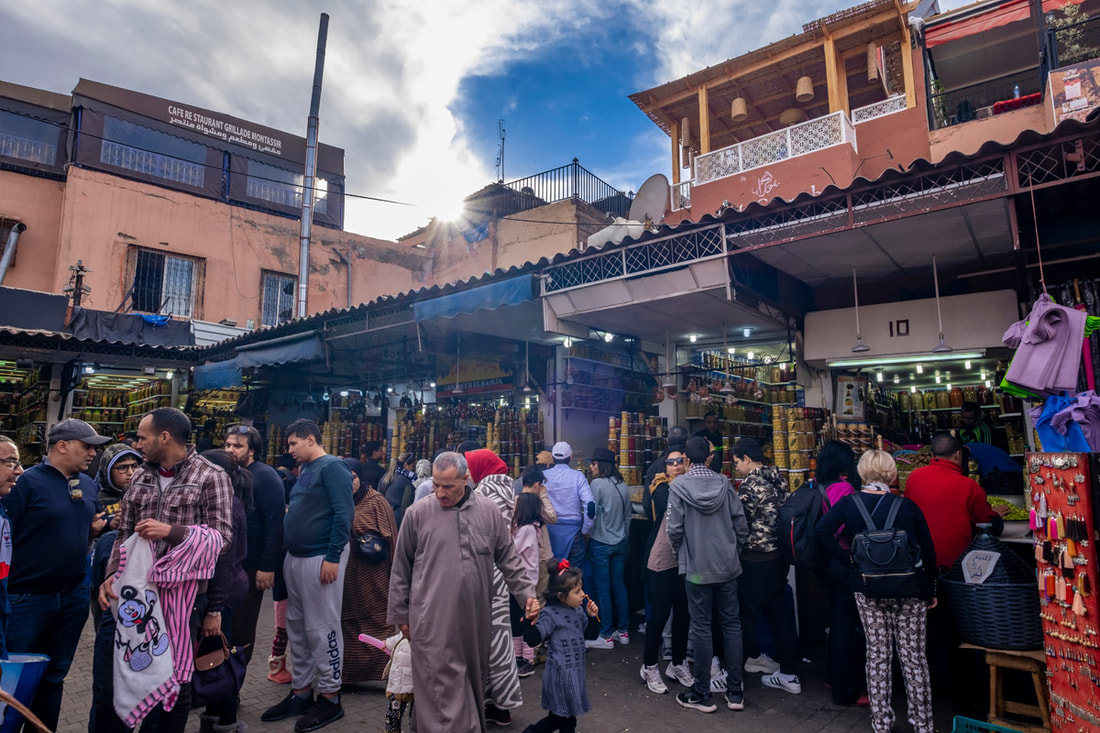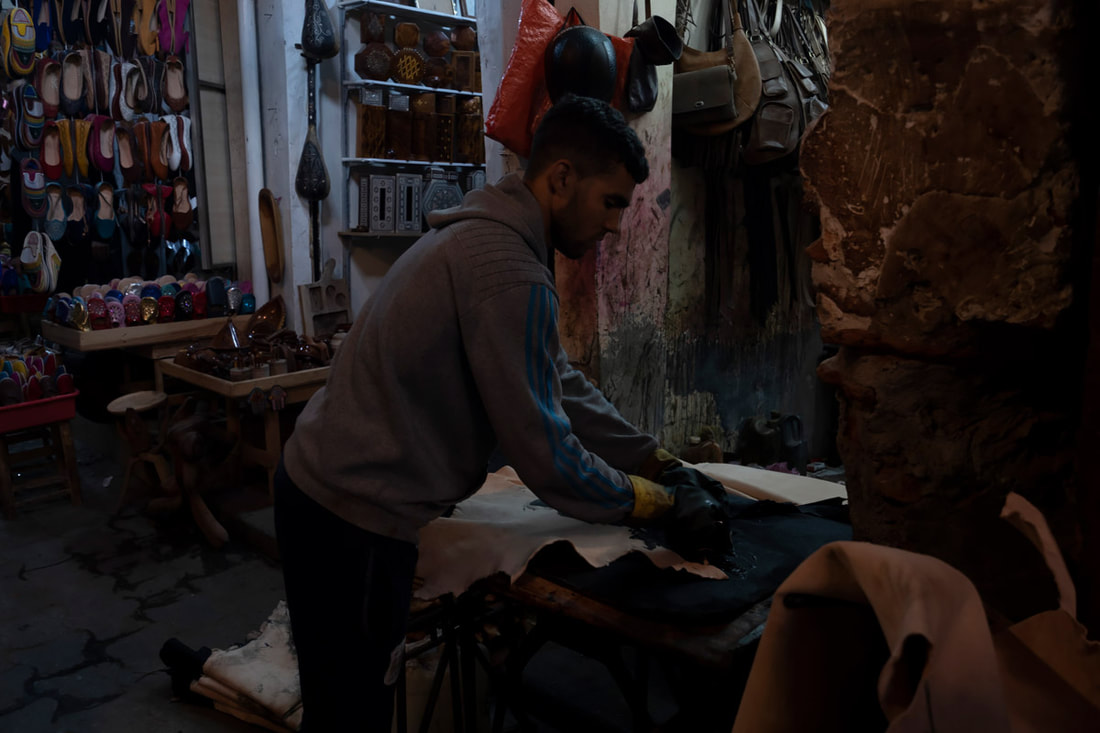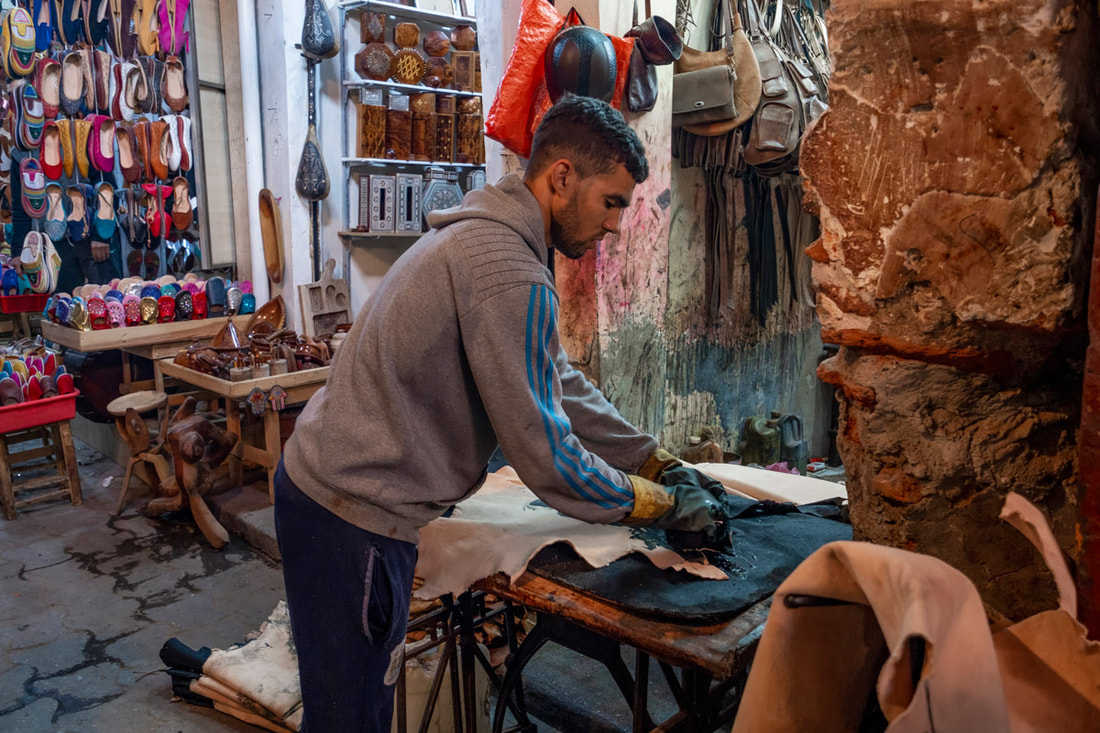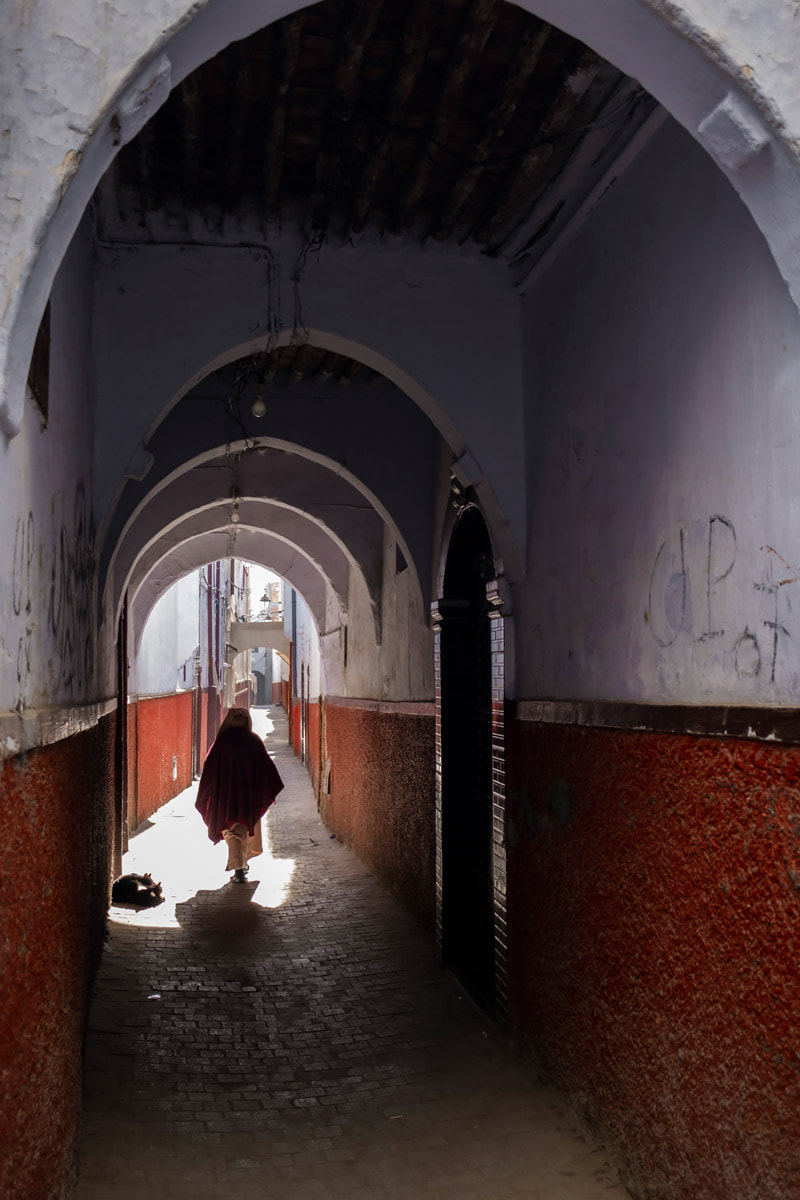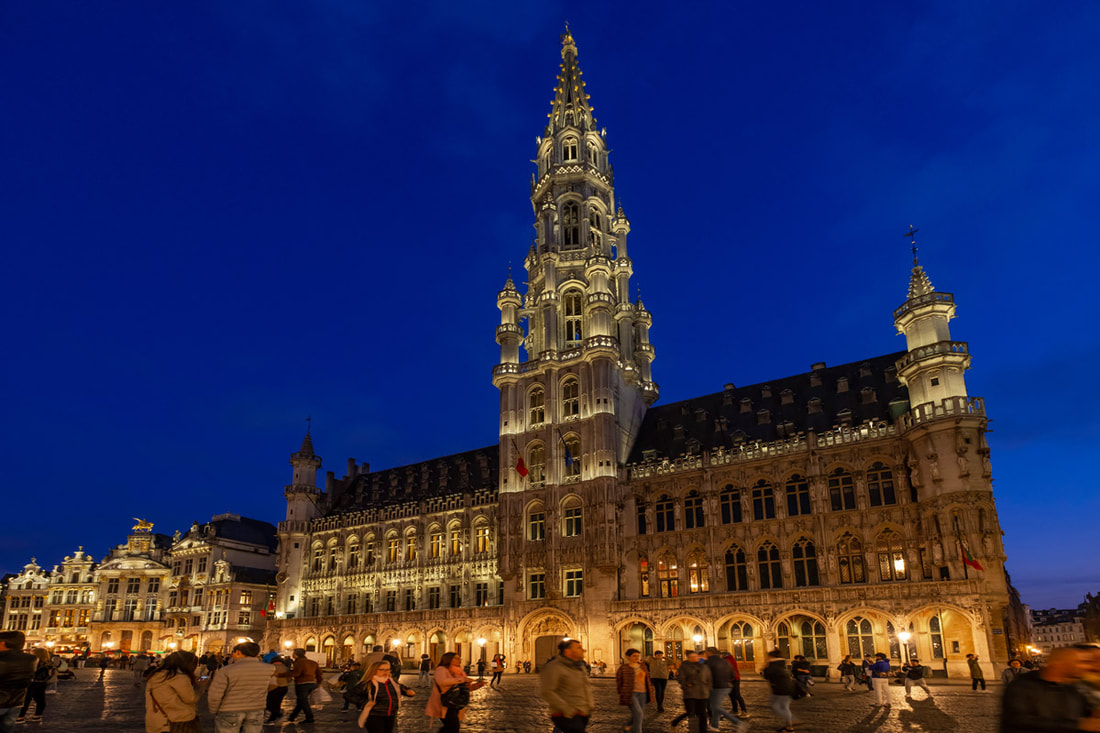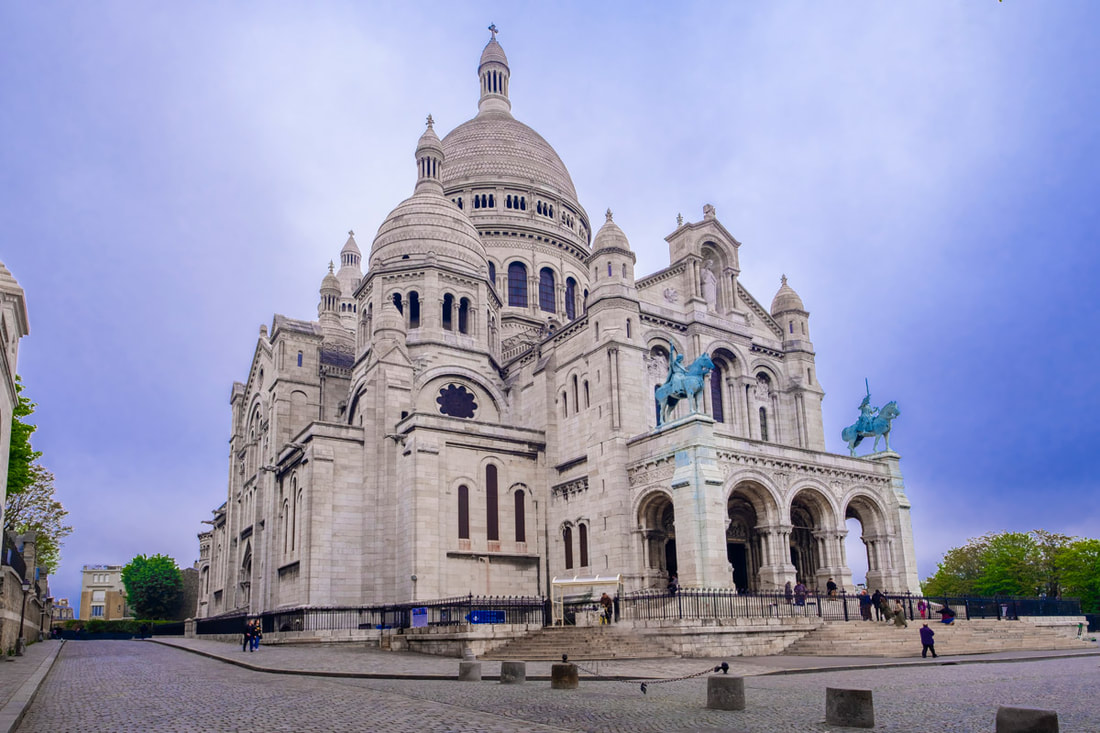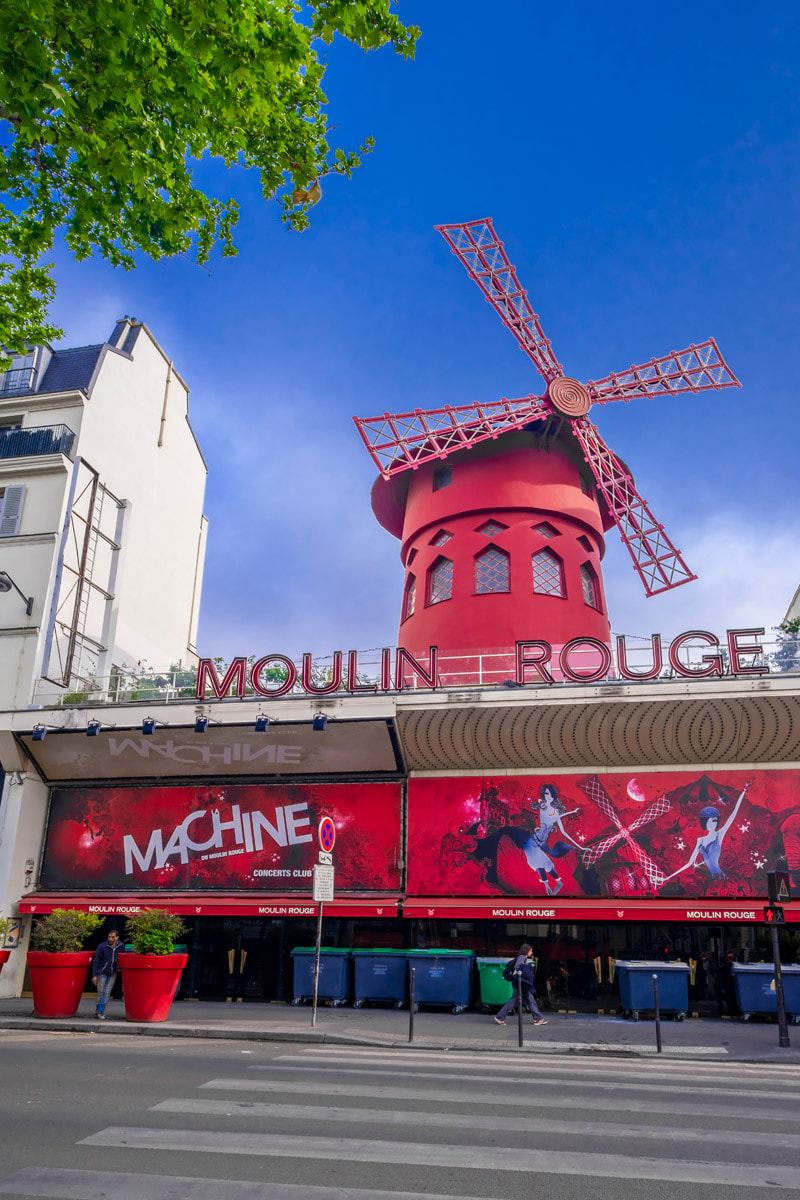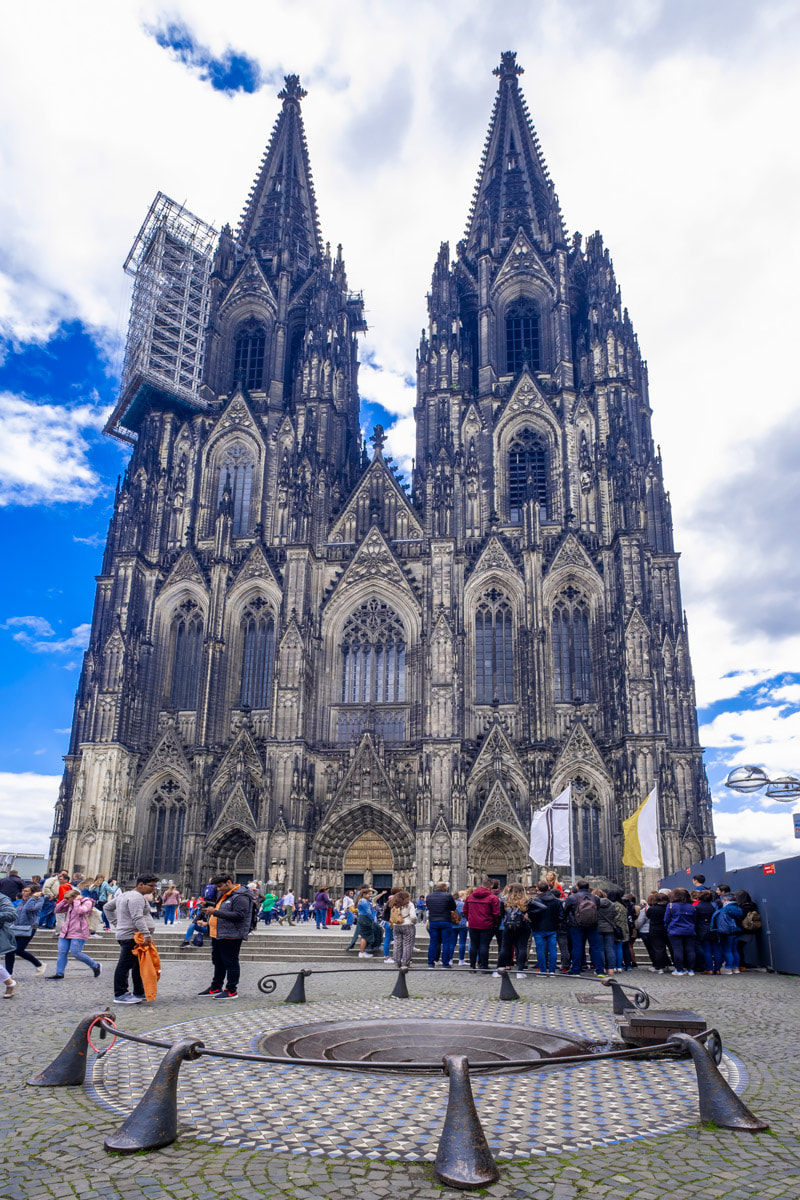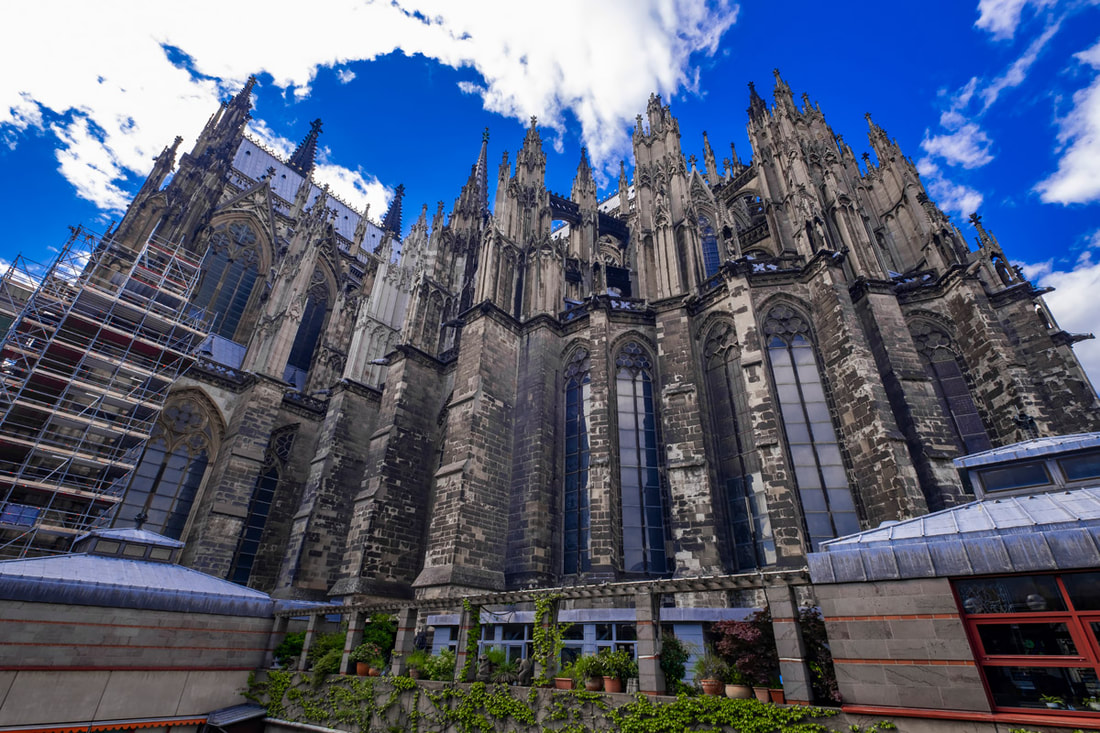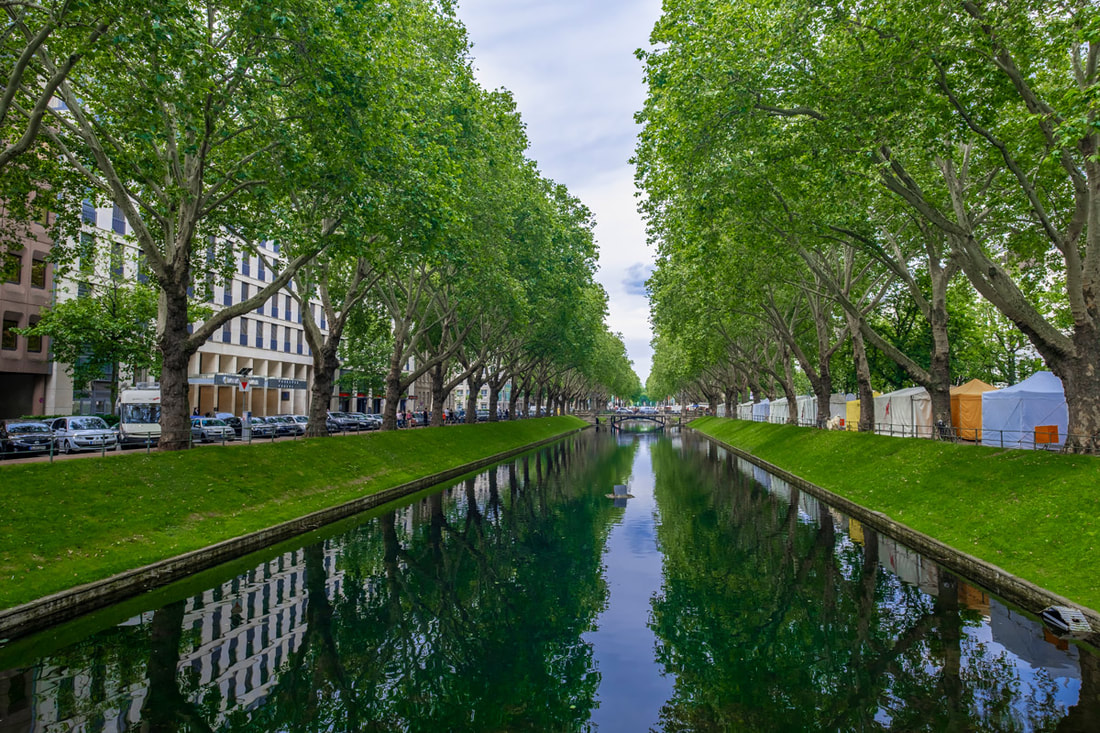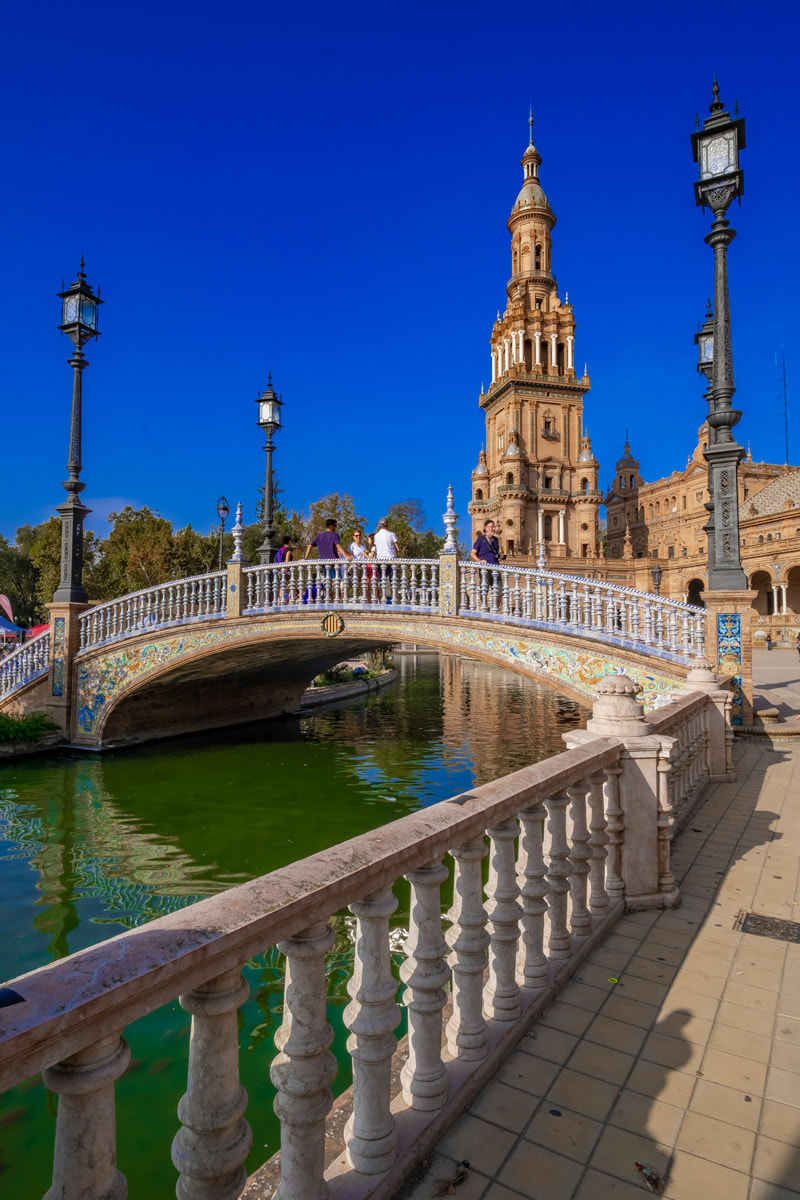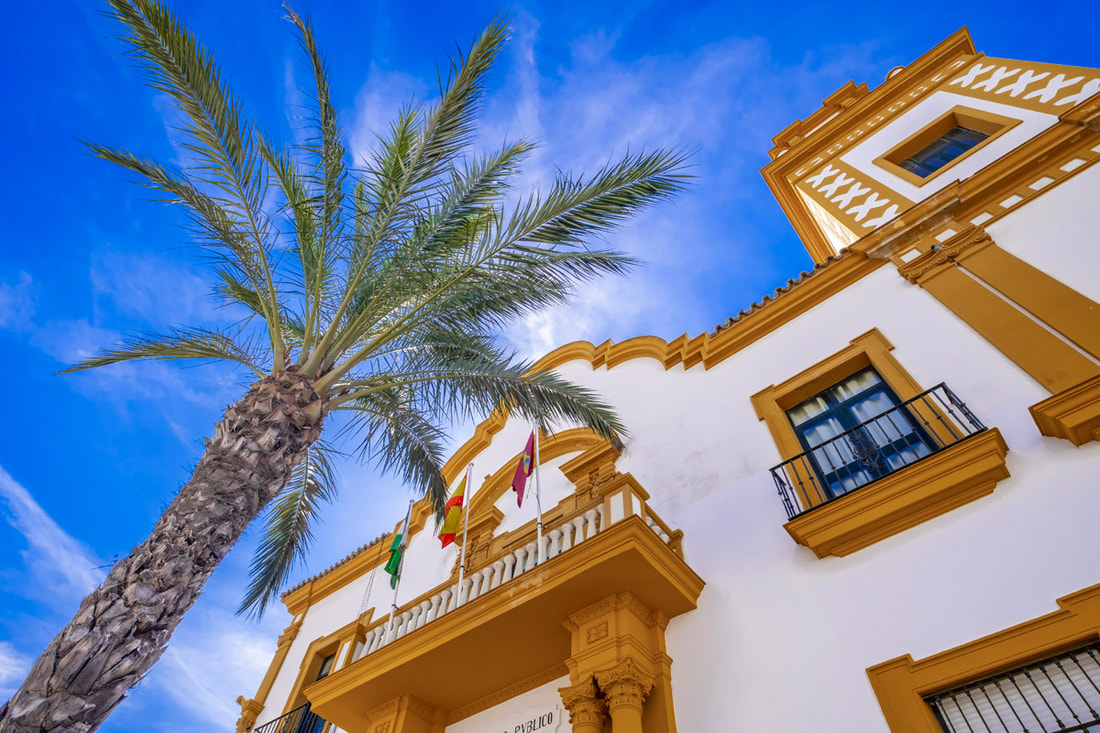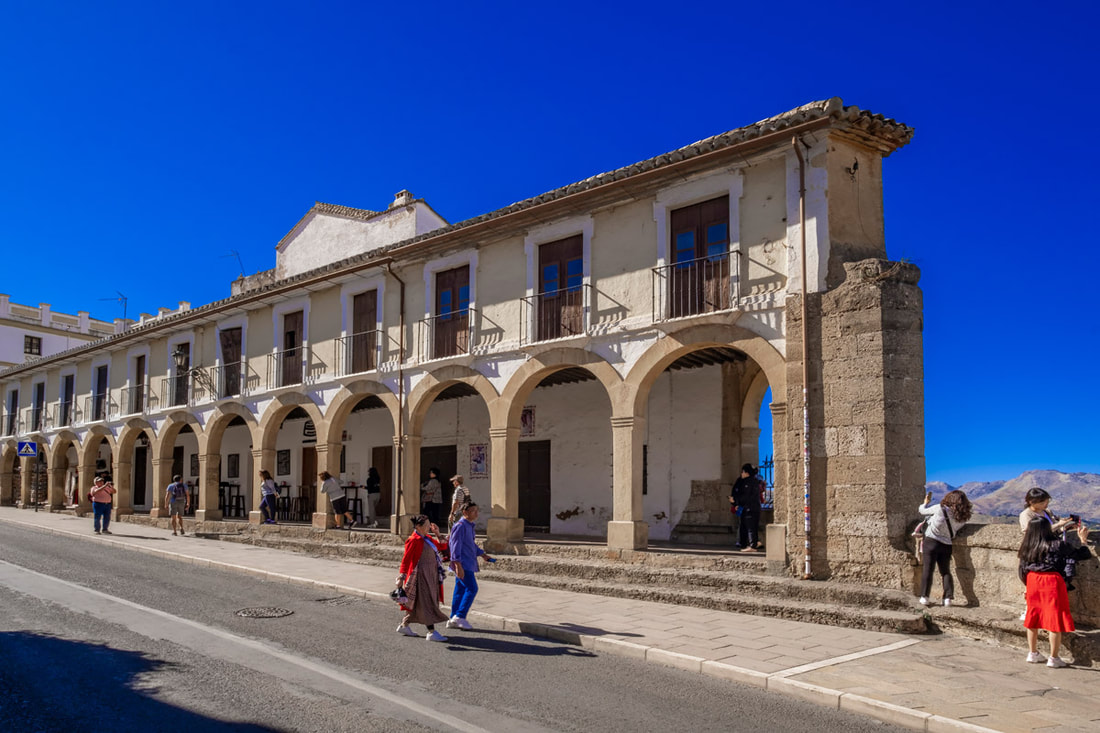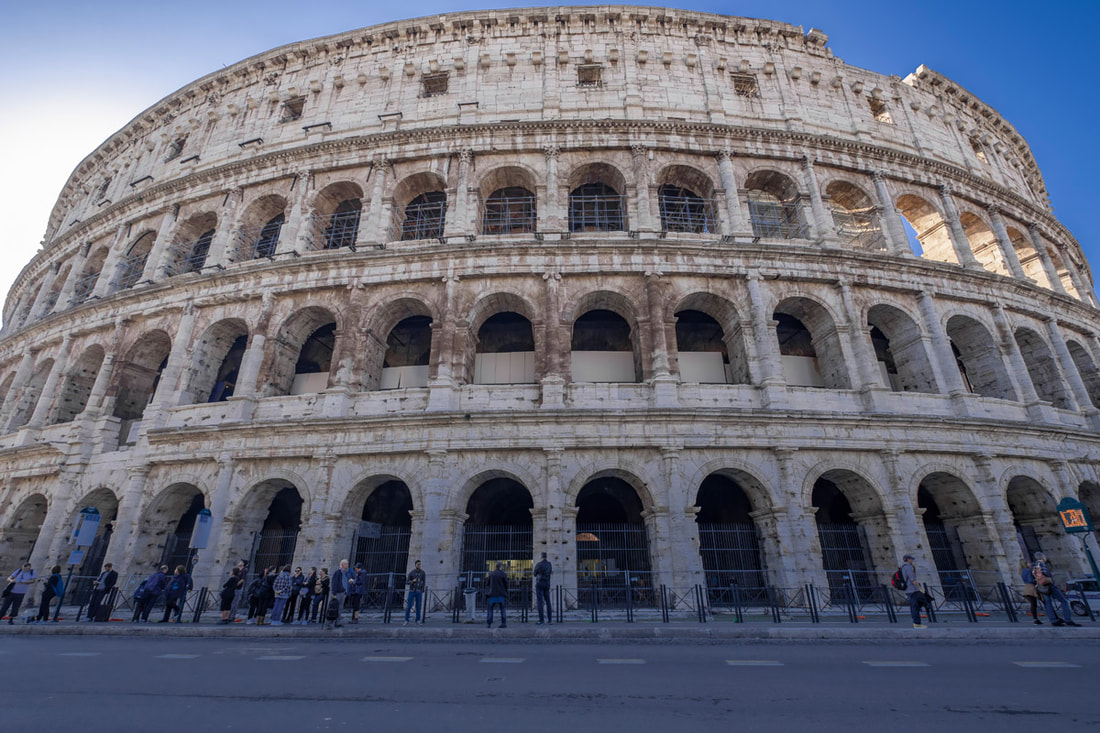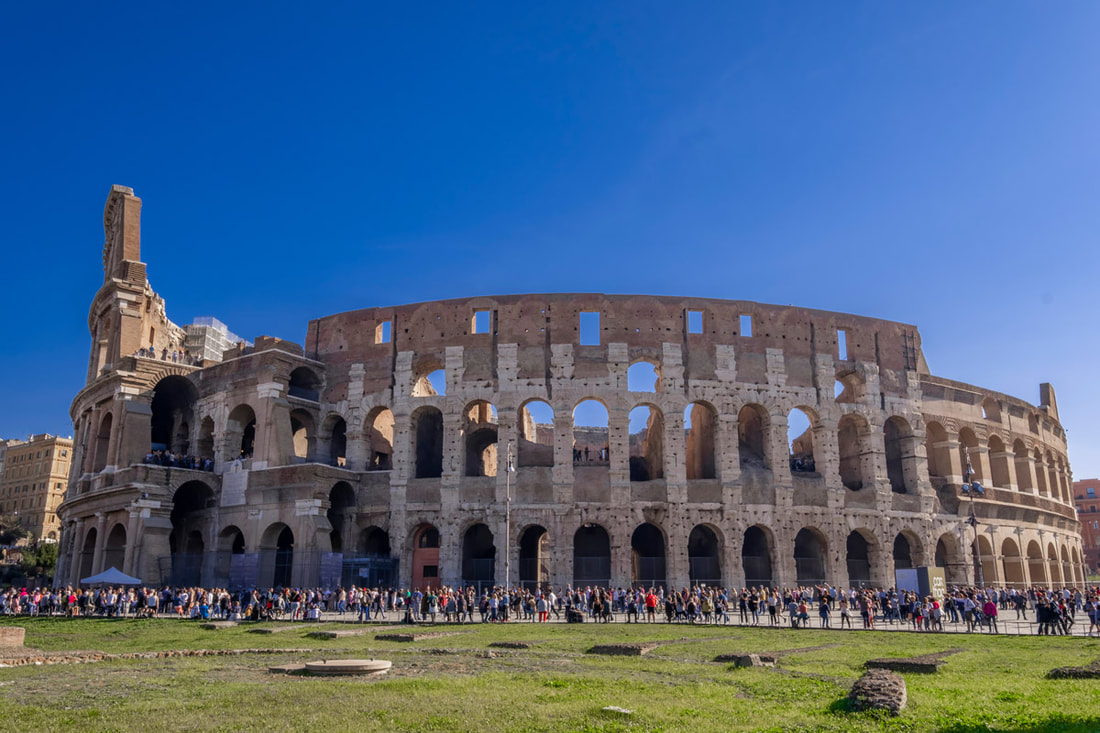By Antonio MalaraIn September 2017 I bought my first mirrorless camera, the Fujifilm XT-20 (you can read my review here). I was familiar with DSLR owning a Nikon D3s and a Nikon D800 and I wanted to try this new system. Well in November of 2018 I realized I shot almost 9.000 pics with the Fujifilm, using the D800 only one time for my travel in Japan. This were numbers so I decided to make a step further and buy the brand new Fujifilm XT-3. This, more than a review, will be a comparison between my other Fujifilm camera and the D800, where I’ll explain the differences and why I decided to buy the XT-3, of course camera performances will be shown but I like to be clear. Let’s mention some specs, the XT-3 has a 26,1 million pixels, an aps-c X trans COMOS 4 sensor, ISO from 160 to 12.800. The camera is capable of 11 fps using the mechanical shutter and 30 fps with the electronic shutter but with a crop factor. Phase and contrast detection auto focus but most important for me; face-eye detection AF. 4K videos at 60-30 and 24 fps, dual SD card shoot, wi-fi and Bluetooth built in. All this managed by the X processor 4 which is the core of the camera. I’m not a fan of the specs, what I like about FujiFILM is the image quality but of course the camera speed is an important factor for its functionality. The XT-3 is bigger than the XT-20, it weighs 539 grams (including battery and cards), but half of the weight of my Nikon D800 which is 1 kg. The fact that it is bigger than the XT20 is not a negative thing because thanks to this, the XT-3 has a better grip and you don’t notice the 100 grams more that it has compared to the XT-20. In the last couple of years I used the D800 with the Nikkor 14-24 F2.8 which also weighs 1kg so I had to carry around 2 kg of weight during my travels, really too much. In September I bought the Fujinon 10-24 F4 which is a 15-35 equivalent in 35 mm format, the lens weighs 410 grams so in combo with the XT-3 I only have to carry 949 grams of equipment, half of the weight I used to carry with the Nikon. The main reason why I bought the XT-3 is to use it for my travels, sure that the camera would have been better than the D800. I travelled with the XT-20 with the 10-24 and it was like carrying nothing, so I was positive that would have been the same with my new Fujifilm camera. Beside this I was also sure about the great image quality of the XT-3 probably slightly better than the D800. As usual I downloaded files and I edited them before to buy the camera but what convinced me to buy the XT-3, was a picture I took in Japan. I was with my sister and while I was shooting with the Nikon my sister used the XT20. When I back home, while I was checking the pics I noticed that in the city of Kanazawa we did the same pic on a bridge, almost at the same focal. Well I edited both files and what I saw made me happy and hungry at the same time. The picture shot with the XT20 had a superior dynamic range and better sharpness compared to the one shot with the D800. Probability the D800 file was a little bit underexposed but the image quality was poor. The only bad thing about the XT20 was that zooming in, the file was a little bit noisy compared to the D800 file. Essentially I ended up having two cameras and two lenses for the same use. I didn’t sell the Nikon stuff yet and I don’t know if I will but one thing was sure, I wasn’t going to bring the D800 on my travels again. One thing I like about Fujifilm cameras is that in the menu they have the color simulations, it’s a kind of filter which has the purpose to simulate the old film camera profiles. There are many like B&W, Provia, when I tried for first with my XT20 I immediately liked the Velvia color profile. This one is a vivid and saturated color simulation which is my favorite, I also set this profile on the XT-3. I tested the camera a couple of times in my city and in my last travels in Morocco, Belgium, France, Germany and Spain. I had a great feeling from the beginning, the camera has the best balance and grip, the commands of shutter speed and ISO are intuitive and easily reachable, even while using the viewfinder, the joystick is a cool feature to fast change the af point or swiping the pictures on the display. It’s a different system compared to DSLR but I have to say that now I prefer this one. Even the aperture ring, which in the Fujifilm cameras is on the lens is better but I must be careful because it’s easy to accidentally change the aperture. It would be a great thing if they put a lock button like those that they’re on the shutter and ISO dials. Definitely after four travels I have to say that after a day of use, I never felt my harm hurting (I don’t use a neck strap) and also is easy to find a place to put the camera when you’re sitting at a table in a bar or a in restaurant due the small size. The negative thing about the XT3 (but maybe is actually positive) is the battery life. On my travels I always needed two batteries (you can take around 400 pics with each one) that’s not a bad thing because the XT3 battery is small and light to carry. The point is that in this way, I know that I can cover a day of shooting with one spare battery while with the D800 (almost three days with a single battery) I never know if to bring a spare battery with me or not (considering that the D800 battery is much bigger). Good things even in post production, I can manage everything like shadow, highlights, colors in a great way. The XT-3 hasn’t any limitations in this than the D800, even if it has a smaller sensor. I edited the same pictures taken with both cameras and I got the same result. But...there’s one thing in which the XT-3 is really superior, is the white balance, almost perfect after shooting. Doing my kind of ending the colors starts to have a cold dominant, well with the Fuji I can adjust it perfectly and faster, while this correction was a challenge with the D800. One great thing that Fujifilm did with this camera is to lower the price compared to the previous model the XT-2. This because the XT-3 is made in China and the XT-2 (its predecessor) was made in Japan. The switch has been doing in favor of the customer, the XT-3 was around 400€ less than the XT-2. I’ve been lucky and I bought the camera with an additional rebate, so it costed me around 1.240€. Unfortunately I couldn’t do a good test about continuous shooting because I couldn’t find the right subject (I thought about some guys who used to skating and rollerblading in the center of my city but when I decided to stop them to deal about it, they disappeared. I didn’t see them anymore). I hope to find the “subject” and update the review later. ComparisonIn conclusion I can say this, the Fujifilm is a great camera for travel, it has nothing less than the Nikon D800 (which is seven years old technology) but it weighs and costs a half of the Nikon. In addition to this I have to say that in my tests I noticed that the Fujinon 10-24 is much sharper than the Nikkor 14-24. So even if the D800 is still capable of great pictures it’s not good to carry for an entire day while on vacation. Another important feature that this and other mirrorless cameras has, is the face-eye detection. This is essential while traveling, for example when you ask to someone to take you a pic but he’s not familiar with photography; with face detection you can be sure that the focus will be on you. Same things when you want to take a selfies, 100% that the focus will be correct! I’m happy that I found a comfortable solution for my travels without spending so much money. I believe that the XT-3 has a lot of potential even for portrait pics but I don’t have a dedicated lens yet so can’t see if I’m right. At this point I’m in a conflict with myself because I don’t know if to complete switch to mirrorless, I have the holy trinity of Nikon gear which is not compatible with the Fujifilm system (for compatible I also mean weight and size, I don’t want to attach those big lenses on a tiny camera). I should do the big step and sell some of my Nikon gear, till now I only saw advantages about mirrorless, like another episode it happened to me in Japan. It started to rain and I hadn’t an umbrella, in ten minutes the Nikon D800 was all wet, after twenty-five minutes the screen stopped to work. I had to expose using my experience because with the DSLR is not possible to control the exposure through the viewfinder. If the same thing would have happened with a mirrorless camera I could still control the exposure thanks to the electronic viewfinder. I hope I have been helpful, I’ll show the pics to better understand the potential of the camera, all the files (even those taken with the D800) had the same editing process so in this way is possible to have a clear comparison. Sample Images Photos: Antonio Malara
0 Comments
Leave a Reply. |


